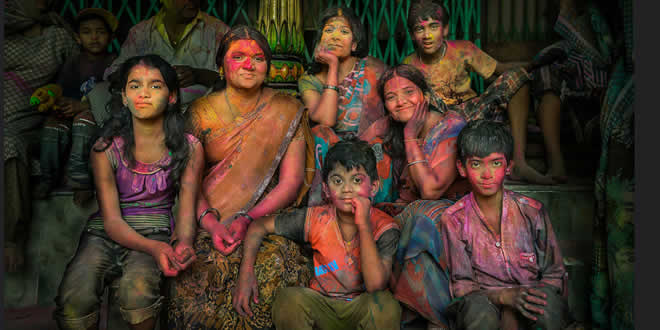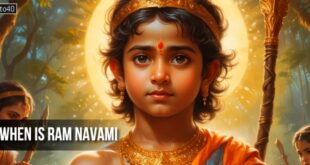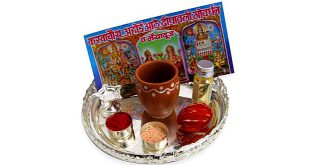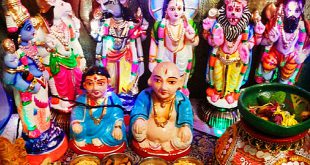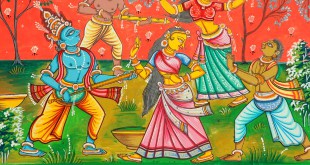Festival of Holi marks the end of winter and the beginning of which season? Spring: Holi, the festival of colors ushers in spring and is celebrated on the full moon of the month of Phagun. The dry winter leaves make way for the shiny green buds of spring, and the mustard fields are a riot of yellow. Most of all, the golden ears of wheat signify that the Rabi or winter crop is ripe and ready for harvest. And that signifies hope, cheer, voiced by the koel perched on the mango blossoms.
Festival of Holi marks the end of winter and the beginning of which season?
- Holi festival of colors marks end of winter
Hindu tradition also celebrates triumph of victory over evil
Revelers in India filled the streets to mark Holi, the festival of colors, which marks the end of winter and start of spring.
Hindus douse each other with colored powders and waters during the two-day celebration. The tradition dates back to the 4th century.
The festival — celebrated in India, Nepal and other countries around the globe – also represents a loosening of social customs, allowing people from different castes and ethnicities to mingle freely.
- Bonfire celebrates good over evil
On the first day of Holi, participants light a bonfire that represents the triumph of good over evil. The tradition has its roots in a Hindu myth about Holika, a mythical demon who was burned to death. - Powders celebrate Krishna, Radha’s love
The day after the bonfire, revelers celebrate Rangwali Holi. They spray each other with colored paints and powders, a ritual that refers to the love story between Hindu deity Krishna and the goddess Radha. According to the legend, Krishna, who is depicted as having blue or black skin, was worried Radha wouldn’t accept him and so painted her skin to match his. - Color significance
Historically, revelers used flower extracts and turmeric to spray each other, but today synthetic dyes are commonly used. The colors have various meanings, with blue representing Krishna’s skin and green being the colour of nature. Red, the colour worn by Indian brides, represents purity. Yellow is the colour associated with the merchant caste.
- Widows celebrate festival of colors
Hindu widows only recently began to celebrate Holi. Tradition dictated that women whose husbands had passed away live in mourning, often in exile. The women seen in this photo — taken in northern India‘s Vrindavan, known as “the city of widows” — broke with tradition and celebrated the colorful holiday. - Holi spraying accessories
A girl is doused with colored water in Mumbai, India. Revelers typically fill water guns, buckets and balloons with colored water for the festivities. - Women warned
A woman celebrates at the festival in Hyderabad, in southern India. Authorities elsewhere warned women to be mindful of possible harassment during the Holi celebrations.
 Kids Portal For Parents India Kids Network
Kids Portal For Parents India Kids Network
